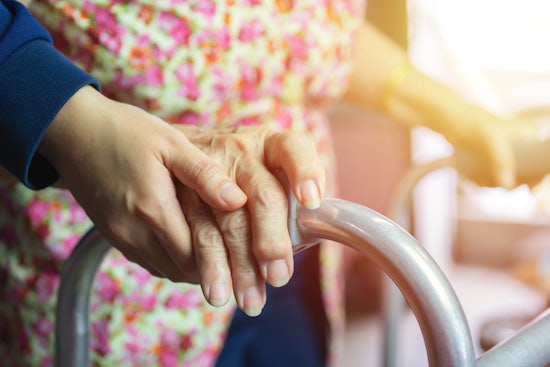5,000 more seniors to benefit from short-term care
The number of senior Australians receiving short-term restorative care each year will almost triple on the back of the Government’s $58 million annual funding boost.

Short-term restorative care aims to improve your ability to complete everyday tasks, or delay or avoid the need to enter long-term care (Source: Shutterstock)
The Government will allocate 775 new short-term restorative care places, which will help 8,125 Australians – up from 3,088 – continue living independent, healthy lives in their own homes.
Providing a range of care and services for up to eight weeks, short-term restorative care aims to improve your ability to complete everyday tasks, or delay or avoid the need to enter long-term care.
Services could include physiotherapy, occupational therapy and personal care, along with home and furniture modifications, which can be delivered in your own home, in an aged care facility, or a mix of both.
“This is a life-changing program, giving senior Australians more choices for longer, better and happier lives,” Aged Care Minister Ken Wyatt says.
“Older people have things that happen to them which can rob them of their confidence and this program is a proven way of getting them back on their feet.
“People want and deserve flexible services when they need them, to restore and maintain their independence for as long as possible.”
Minister Wyatt says short-term intervention can make a lasting difference to self-sufficiency and happiness.
“While this new allocation will boost restorative care in our major cities, there is also a strong emphasis on increasing the number of places across regional, rural and remote centres,” he says.
Chief Executive of Council of the Ageing (COTA) Australia Ian Yates welcomed the funding announcement, saying the restorative care program is an “important part of reshaping aged care”.
“Too many people are unnecessarily and prematurely admitted into residential care or even assigned high level home care packages, making them dependent on long term care,” Mr Yates says.
“The right supports delivered promptly and tailored to each person’s needs can restore their capacities with much lower levels of ongoing support.
“It is good to see the Government focusing on the importance of choice and control in their approach to restorative care and it’d be great to see a similar approach taken across the board in aged care policy.”
Leading Age Services Australia (LASA) Chief Executive Officer Sean Rooney says any move to support older Australians to receive care that best meets their specific needs is welcome, but today’s annoucement is only “one step”.
“As the Baby Boomer generation moves into retirement there is a growing demand and expectation in the community that older people will have genuine choice about ageing well, and that this choice will be supported,” he says.
“However, this announcement is only one step and the Government must do more to ensure older Australians are getting the care they need.
“Providing levels of funding that truly reflect the increasing costs and growing demand for age services is the only way we can guarantee the growing and changing needs of older Australians in all types of care settings are met.”
In total, 350 of the new short-term restorative care places will be allocated by July 2019, with another 425 places to be allocated in 2019-20.
Information about the 2018−19 ACAR short-term restorative care outcomes, including details of the successful approved providers, is available at www.agedcare.health.gov.au/2018-19acar.






















